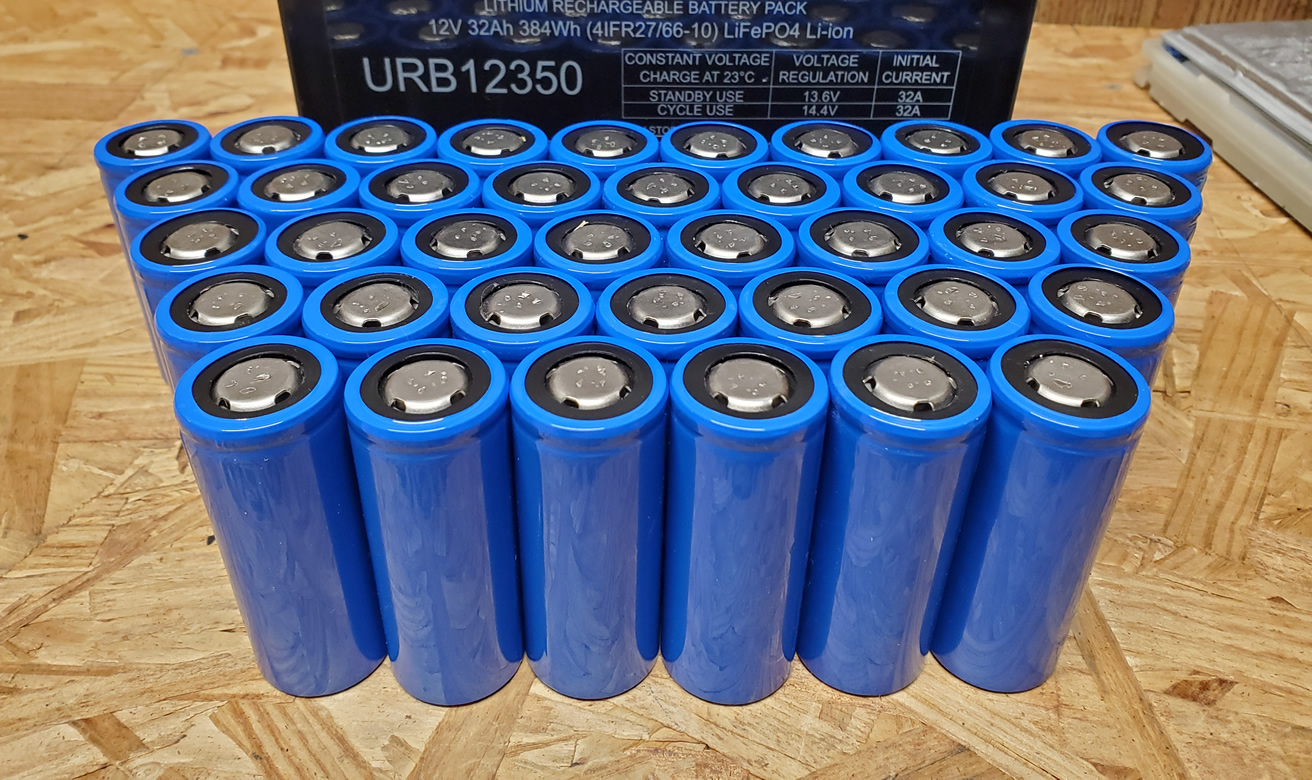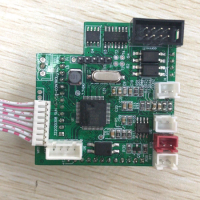Hi! Thanks for this interesting thread!It's a while since I dabbled with this, but here is some info and images I created at the time if it helps:
The interface is RS232:
View attachment 2566
The essential functions of the interface board:
View attachment 10160
The 8 pins on the left represent the ribbon cable from the main board. The 9 pins on the right represent the RS232 D connector. The centre pins are the connections to the RS232 level shifter IC (charge pump etc components not shown for clarity).
I'm not sure what the connection to pin 9 on the D connector is, but I suspect it is to provide power to a wifi type dongle, so watch out for that if what you connect to it is not expecting that as that is not standard on an RS232 connector.
Some screen shots of settings I used in a modbus application:
View attachment 3646
I have a SUN-1000GTIL2 the 22-65v version for Europe with FW 6.1.
I've checked your diagram and the Max3232 datasheet pin-out, all is correct.
I cannot get any responses from my inverter with the Modlink, always returns "FAIL: Response timeout expired".
I've tried 6 different USB to serial adapters (rs232 and rs485).
I'm out of DB9 female connectors to make a cable to sniff the port so any tips on getting it running would be REALLY appreciated!
Maybe the 6.1 uses a different baud rate?
Cheers!







